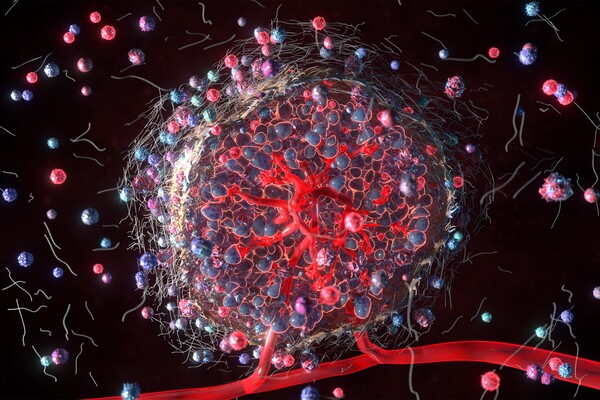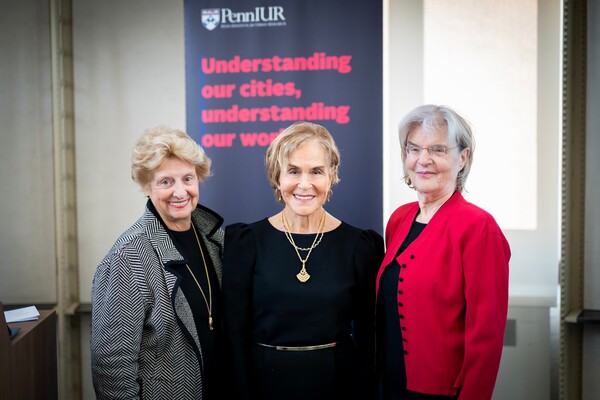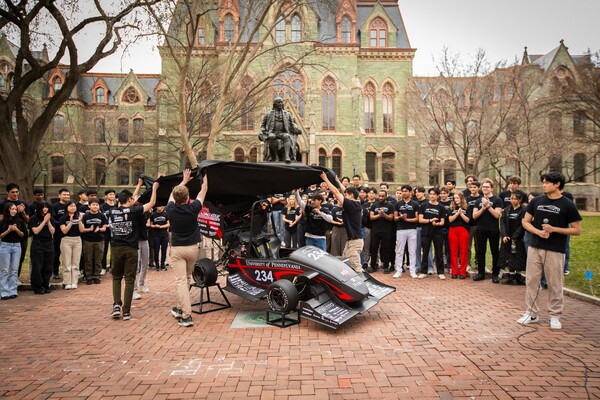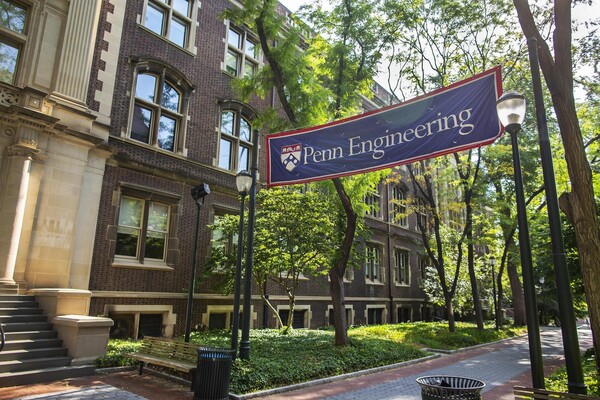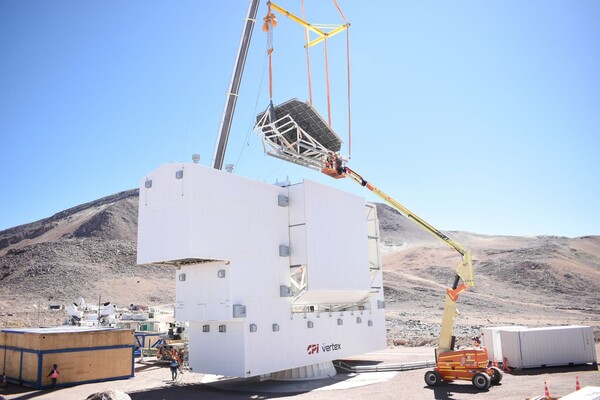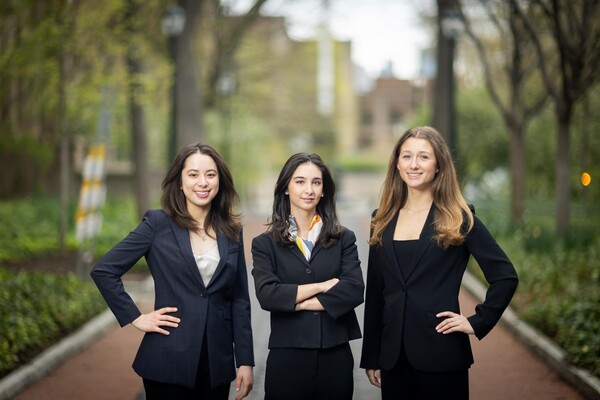
Melanie Herbert (center), a fourth-year in the School of Engineering and Applied Science, created Sync Labs—an innovative AI solution that addresses caregiving in senior care. Joined by Nami Lindquist (left) of the Wharton School and Penn Engineering and Alex Popescu of Penn Engineering (right) their technology, which has earned them the 2025 President’s Innovation Prize, allows caregivers to see three times more seniors while providing more personalized care.
nocred

